Home>Gardening & Outdoor>Landscaping Ideas>At What Temperature To Not Cut Grass
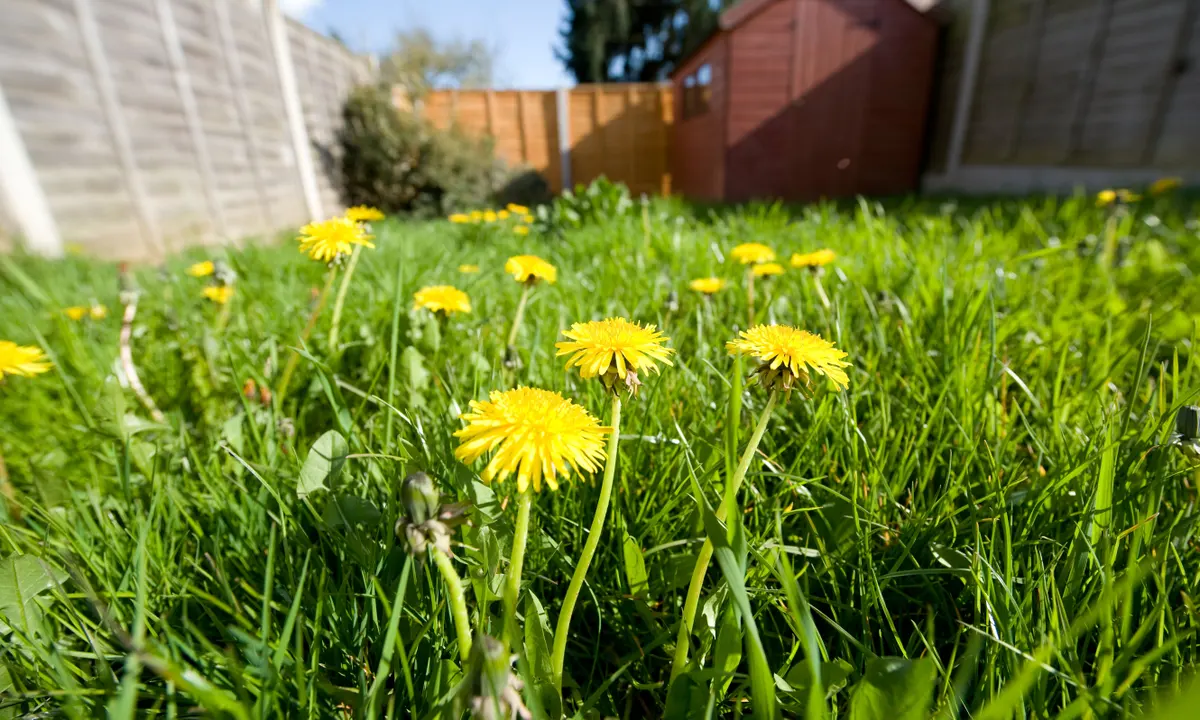

Landscaping Ideas
At What Temperature To Not Cut Grass
Modified: October 19, 2024
Find expert advice on landscaping ideas. Learn at what temperature it's best to avoid cutting grass to maintain a healthy lawn.
(Many of the links in this article redirect to a specific reviewed product. Your purchase of these products through affiliate links helps to generate commission for Storables.com, at no extra cost. Learn more)
Introduction
As the warm breeze of spring heralds the arrival of the growing season, many homeowners are eager to revive their lawns to their lush, verdant glory. However, there’s a crucial factor that often goes overlooked in the pursuit of a pristine lawn: the temperature at which grass should be cut. Understanding the optimal temperature for mowing your lawn is essential for promoting healthy growth and maintaining its vibrant appearance. In this article, we’ll delve into the intricacies of grass-cutting temperatures, exploring the factors to consider, the ideal temperature for mowing, the consequences of cutting grass at the wrong temperature, and valuable tips for ensuring your lawn thrives. By the end, you’ll be equipped with the knowledge to elevate your lawn care practices and cultivate a stunning outdoor space.
Key Takeaways:
- Mowing your lawn at the right temperature is crucial for a healthy, vibrant lawn. Consider the type of grass, weather, and growth patterns to ensure optimal mowing conditions.
- Cutting grass at the wrong temperature can harm your lawn’s health and appearance. Follow tips like monitoring the weather and choosing the right time of day to maintain a lush, resilient lawn.
Read more: At What Temperature Grass Stops Growing
Factors to Consider
When contemplating the ideal temperature for cutting grass, several factors come into play, each exerting a significant influence on the health and appearance of your lawn. One of the primary considerations is the type of grass adorning your yard. Cool-season grasses, such as Kentucky bluegrass and fescue, thrive in cooler temperatures, making them best suited for mowing in the spring and fall when temperatures are mild. On the other hand, warm-season grasses like Bermuda grass and Zoysia grass flourish in higher temperatures, making summer the prime season for mowing.
Another pivotal factor to bear in mind is the prevailing weather conditions. Mowing your lawn when the grass is wet, whether from dew or recent rainfall, can lead to clumping and uneven cuts, diminishing the overall aesthetic appeal of your lawn. Moreover, excessively high temperatures can place stress on the grass, making it more susceptible to damage from mowing. Therefore, it’s crucial to assess the weather forecast and choose an opportune time for mowing that aligns with moderate temperatures and dry grass.
The growth rate of the grass also merits consideration. During periods of vigorous growth, such as the peak of spring, more frequent mowing may be necessary. Conversely, in times of slower growth, such as the height of summer, mowing frequency can be reduced. By attuning your mowing schedule to the growth patterns of the grass, you can ensure that it remains at an optimal height, promoting its health and resilience.
Lastly, the time of day at which you choose to mow your lawn can impact the overall outcome. Opting to mow during the cooler parts of the day, such as the early morning or evening, can mitigate stress on the grass caused by intense midday heat, fostering a more favorable mowing experience and preserving the well-being of your lawn.
Optimal Temperature for Cutting Grass
Understanding the optimal temperature for cutting grass is pivotal in nurturing a thriving lawn. For cool-season grasses, the ideal temperature range for mowing typically falls between 60 to 75 degrees Fahrenheit (15 to 24 degrees Celsius). These moderate temperatures provide an environment conducive to healthy growth and swift recovery from the stress of mowing. Conversely, warm-season grasses thrive in slightly higher temperatures, with the optimal range for mowing generally spanning from 80 to 95 degrees Fahrenheit (27 to 35 degrees Celsius). Adhering to these temperature guidelines ensures that the grass can recuperate efficiently after being mowed, preserving its lush appearance and vitality.
Furthermore, it’s important to consider the impact of temperature fluctuations throughout the day. Mowing your lawn in the early morning or late afternoon is advantageous, as the temperatures are typically milder during these periods. This mitigates the risk of subjecting the grass to the extreme heat of midday, which can induce stress and impede its ability to recover swiftly.
By aligning your mowing schedule with the optimal temperature for your specific grass type, you can foster an environment that promotes robust growth and enhances the visual allure of your lawn. This strategic approach to lawn care sets the stage for a verdant, resilient expanse that beckons with its lush splendor.
It’s best not to cut grass when the temperature is above 85°F (29°C) to avoid stressing the grass. Wait for cooler temperatures in the morning or evening.
Consequences of Cutting Grass at the Wrong Temperature
Mowing your lawn at the wrong temperature can have detrimental effects on its health and aesthetic appeal. If the grass is cut when it’s too hot, particularly in the scorching heat of midday, it can experience undue stress, leading to wilting and browning. This can compromise the grass’s ability to recover, resulting in a lackluster, patchy appearance that detracts from the overall allure of your lawn. Conversely, mowing when the grass is excessively wet, such as after a heavy downpour or during the early morning dew, can cause clumping and uneven cuts, leaving your lawn looking unkempt and uneven.
Moreover, subjecting the grass to mowing during periods of extreme heat can exacerbate its vulnerability to diseases and pest infestations. The stress induced by mowing in high temperatures weakens the grass, rendering it more susceptible to opportunistic pathogens and pests that can compromise its health and vitality. This can set off a domino effect, potentially necessitating intensive remedial measures to restore the lawn to its former splendor.
Furthermore, mowing cool-season grasses in the sweltering heat of summer can impede their ability to thrive, as they are better suited to cooler temperatures. Similarly, mowing warm-season grasses during cooler periods can hinder their growth and resilience, thwarting their capacity to flourish in their preferred environmental conditions.
These consequences underscore the significance of aligning your mowing schedule with the optimal temperature for your specific grass type. By doing so, you can safeguard the health and vibrancy of your lawn, ensuring that it remains an enchanting oasis that beckons with its lush, verdant allure.
Tips for Cutting Grass at the Right Temperature
To optimize the health and appearance of your lawn, it’s imperative to adhere to the following tips for cutting grass at the right temperature:
- Monitor the Weather: Keep a close eye on the weather forecast to identify an opportune time for mowing. Aim to schedule your mowing sessions during periods of moderate temperatures and dry grass to ensure an optimal mowing experience.
- Choose the Right Time of Day: Select the early morning or late afternoon for mowing, as these times typically offer milder temperatures that are conducive to the well-being of the grass.
- Sharpen Mower Blades: Regularly sharpen your mower blades to ensure clean, precise cuts. Dull blades can tear the grass, leading to a ragged appearance and impeding its ability to recover swiftly.
- Adjust Mowing Frequency: Tailor your mowing frequency to the growth patterns of the grass. During periods of robust growth, such as spring, more frequent mowing may be necessary, while slower growth in summer warrants a reduction in mowing frequency.
- Maintain Optimal Mowing Height: Adhere to the recommended mowing height for your specific grass type to promote its health and resilience. Cutting grass too short can weaken it and make it more susceptible to stress and damage.
- Avoid Mowing Wet Grass: Refrain from mowing your lawn when the grass is wet, as this can lead to clumping and uneven cuts, detracting from the overall aesthetic appeal of your lawn.
- Stay Hydrated: When mowing in warmer temperatures, ensure that you stay hydrated and take regular breaks to prevent heat-related ailments. Prioritize your well-being while tending to your lawn.
By integrating these tips into your lawn care routine, you can elevate the health and allure of your lawn, fostering a lush, vibrant expanse that captivates with its resplendent beauty.
Read more: What Height To Cut Grass
Conclusion
Mastering the art of mowing your lawn at the optimal temperature is a cornerstone of effective lawn care, wielding a profound impact on the health and visual appeal of your outdoor sanctuary. By considering the type of grass, prevailing weather conditions, and growth patterns, you can strategically align your mowing schedule with the ideal temperature for your specific grass type, nurturing its resilience and vibrancy. Adhering to the recommended temperature ranges for mowing cool-season and warm-season grasses empowers you to cultivate a verdant expanse that beckons with its lush splendor.
Furthermore, recognizing the consequences of cutting grass at the wrong temperature underscores the importance of exercising prudence and foresight in your lawn care endeavors. Mowing your lawn in scorching heat or when the grass is excessively wet can compromise its health and aesthetic allure, necessitating remedial measures to restore its vitality and visual appeal.
Armed with valuable tips for cutting grass at the right temperature, including monitoring the weather, choosing the optimal time of day, and maintaining your mower blades, you can embark on a journey to elevate your lawn care practices and cultivate a stunning outdoor oasis. By integrating these insights into your lawn care routine, you can foster a verdant, resilient expanse that captivates with its resplendent beauty, inviting you to revel in the splendor of your lush, vibrant lawn.
In essence, by embracing the nuances of mowing at the optimal temperature, you embark on a transformative odyssey, nurturing your lawn into a captivating haven that exudes natural splendor and vitality, enriching your outdoor experiences and infusing your surroundings with an enduring sense of allure and tranquility.
Frequently Asked Questions about At What Temperature To Not Cut Grass
Was this page helpful?
At Storables.com, we guarantee accurate and reliable information. Our content, validated by Expert Board Contributors, is crafted following stringent Editorial Policies. We're committed to providing you with well-researched, expert-backed insights for all your informational needs.
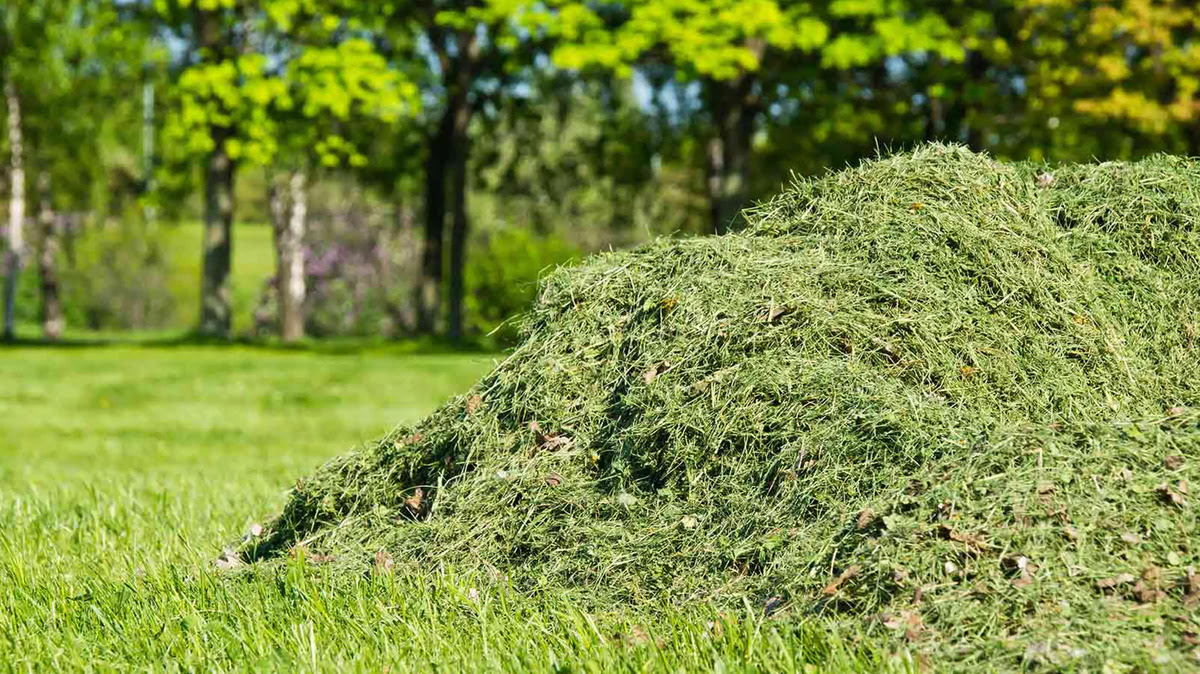

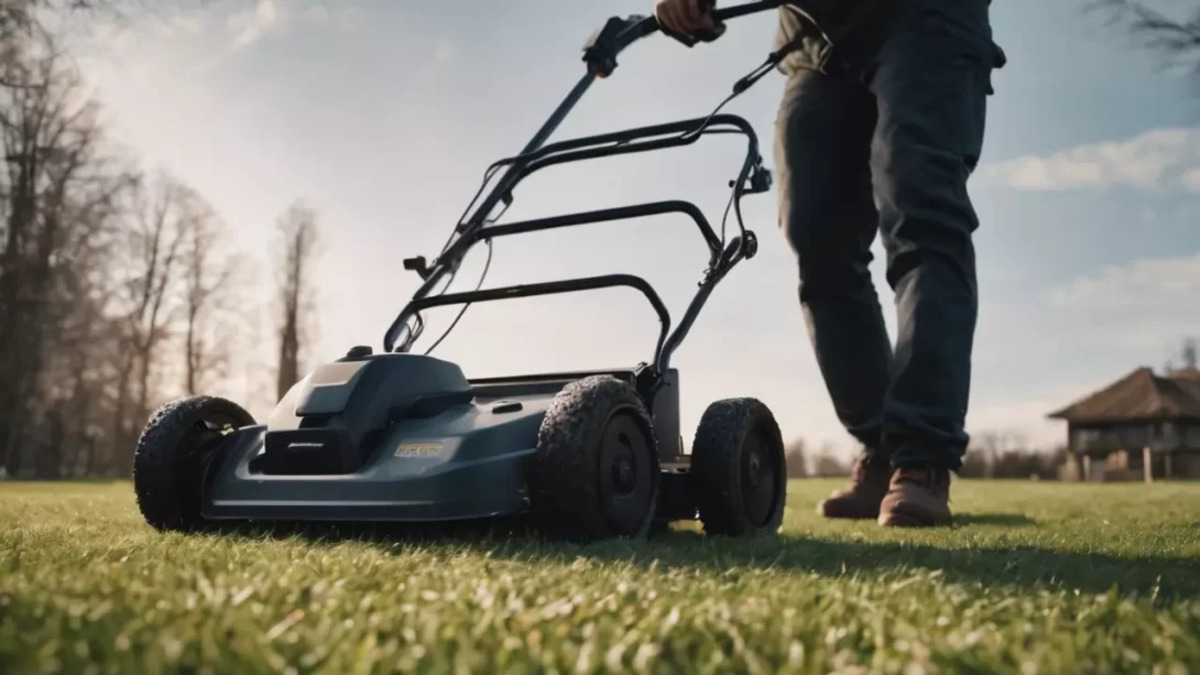

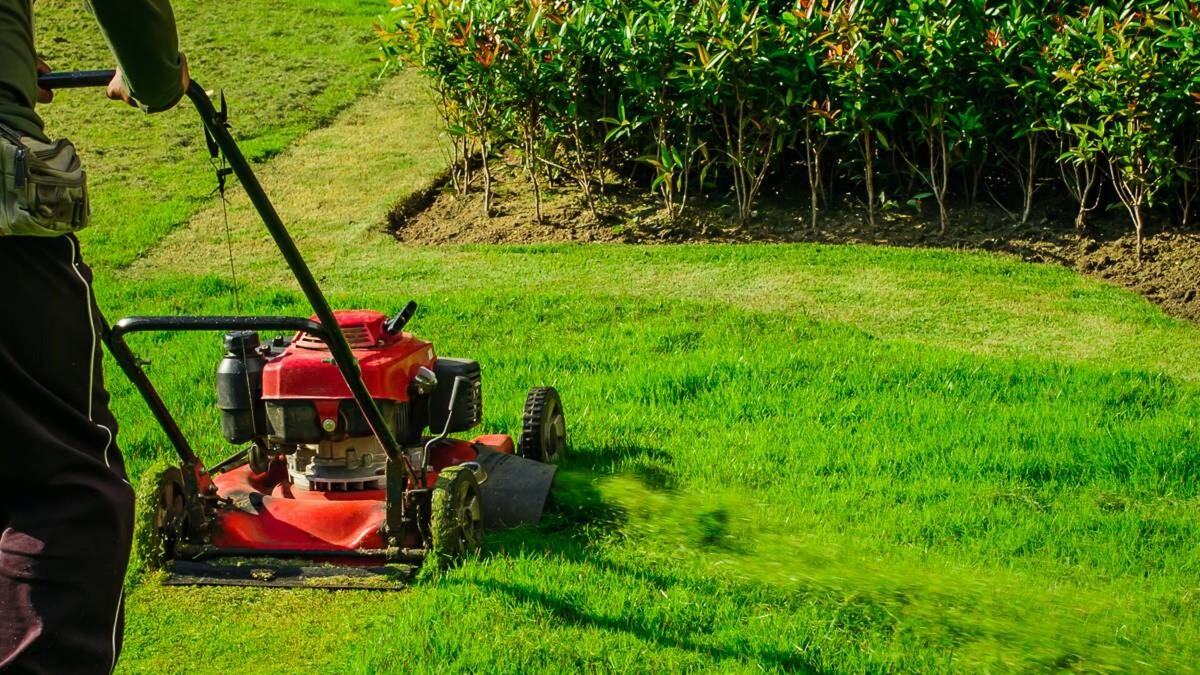
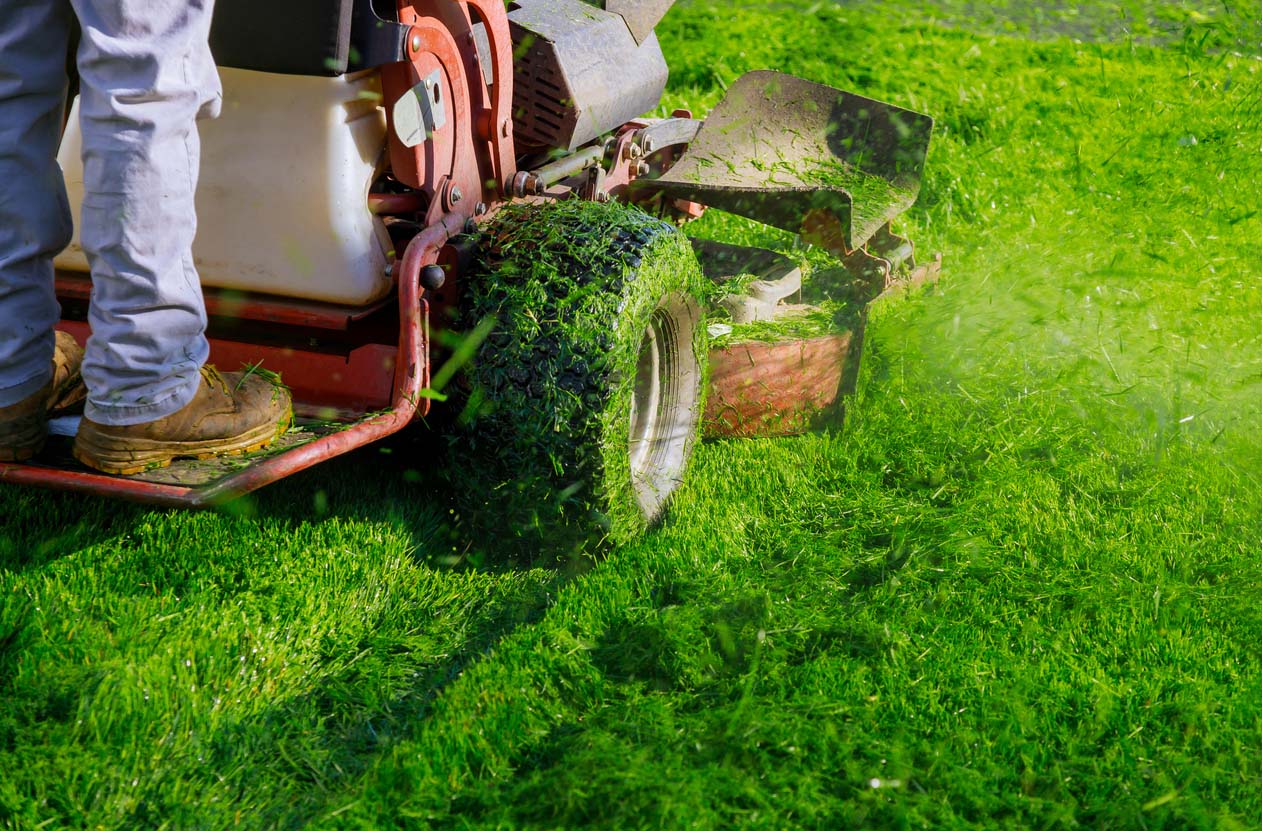
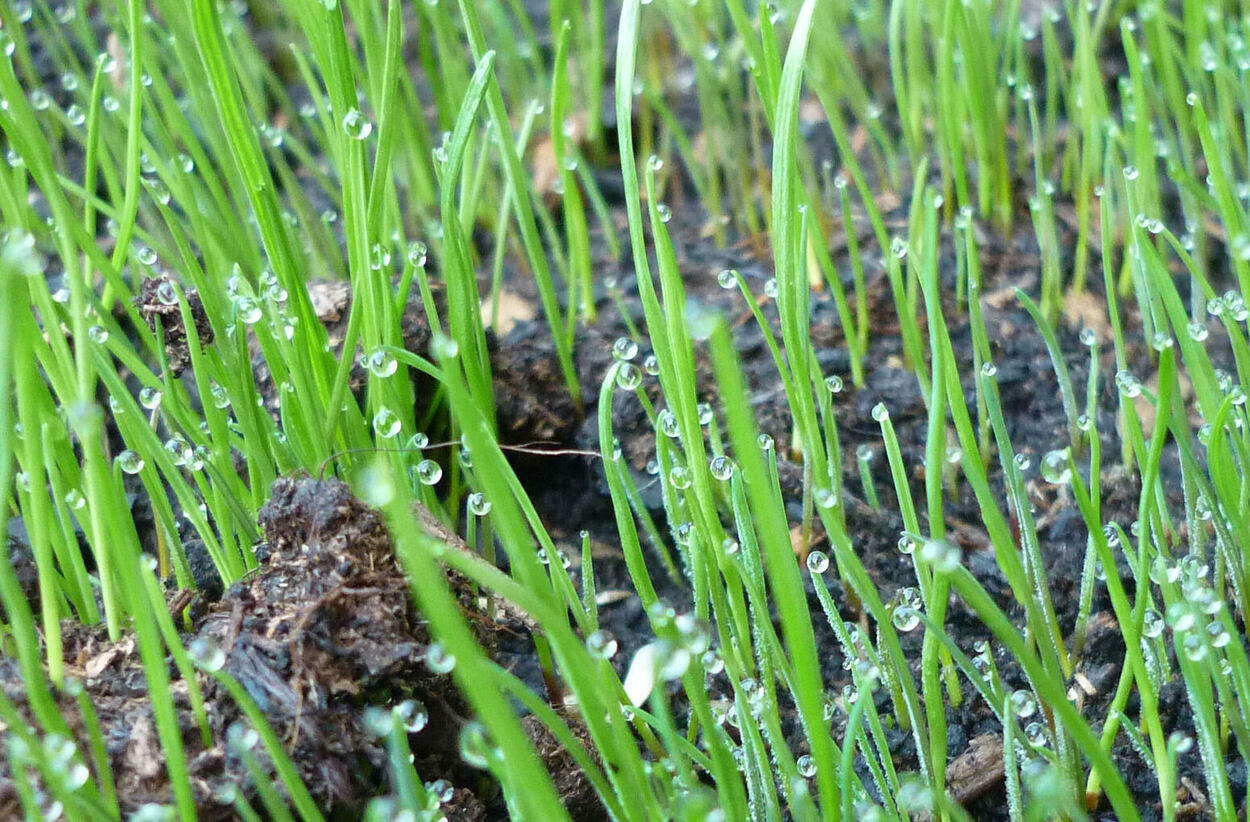
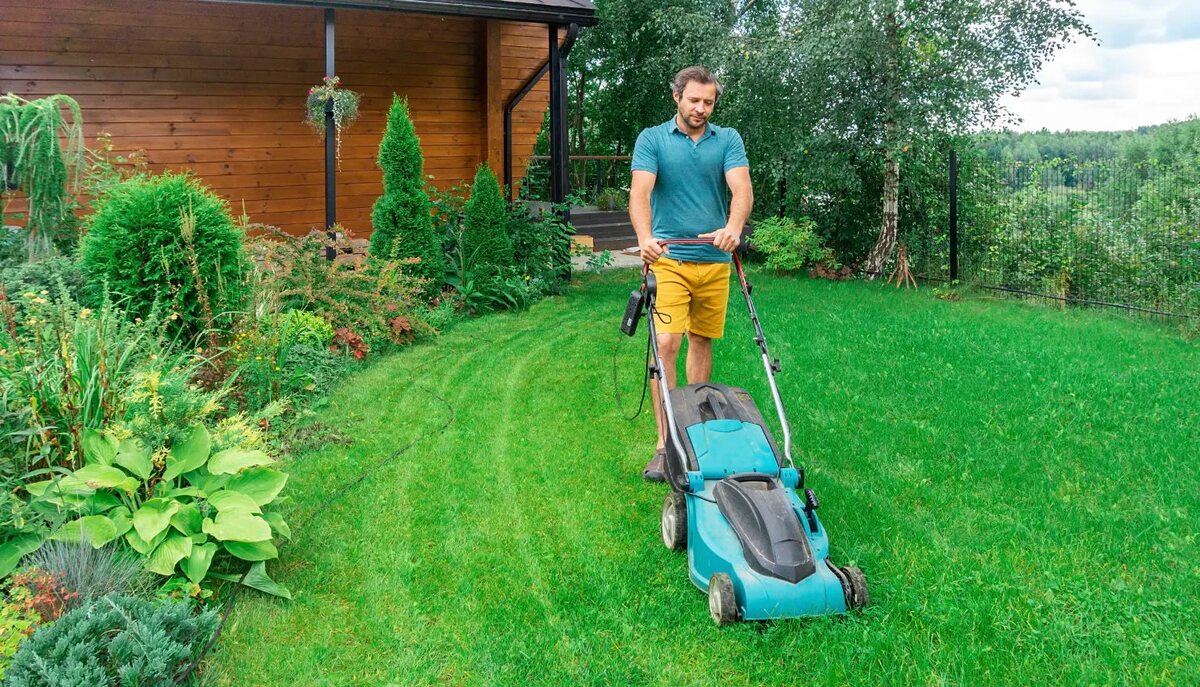
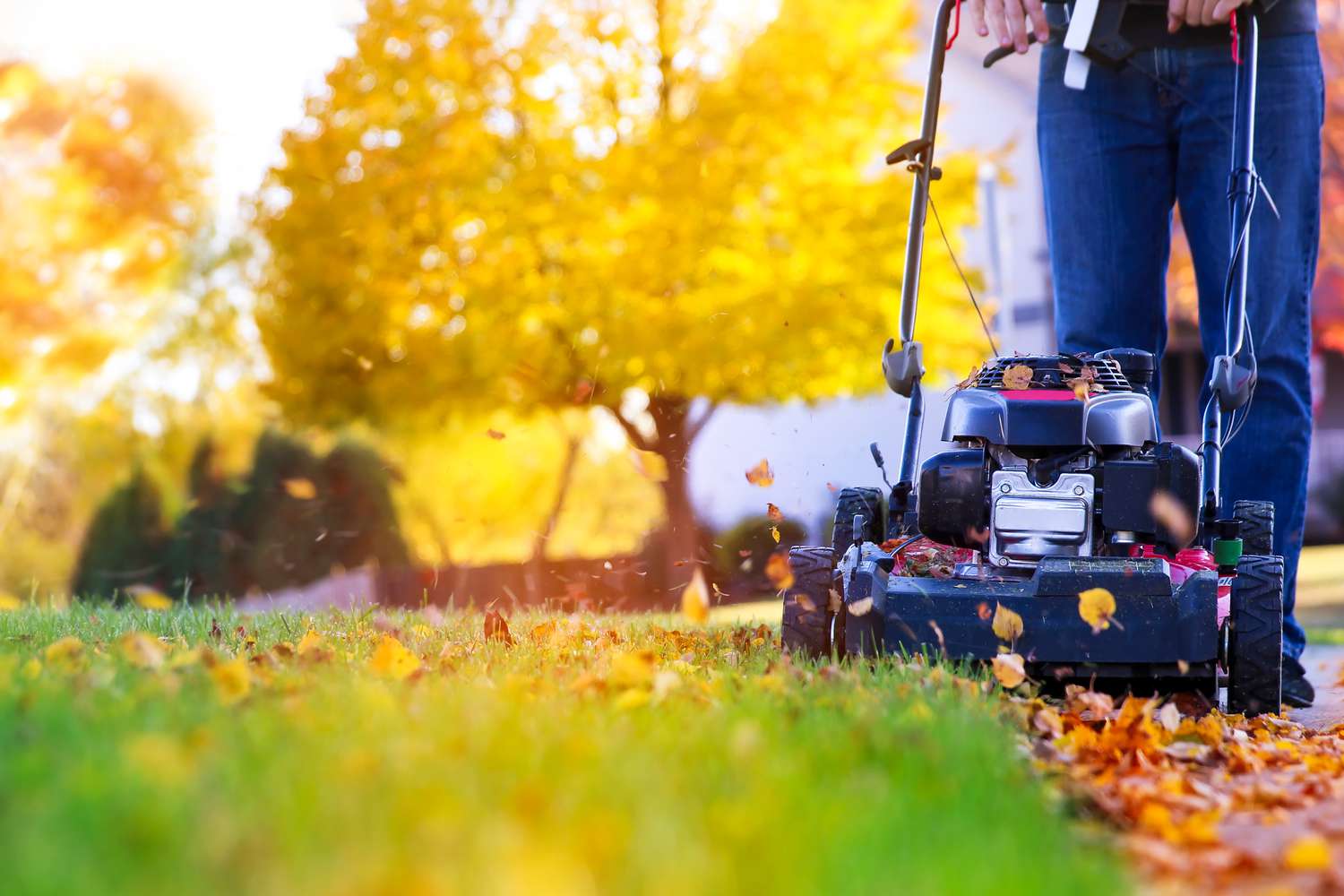
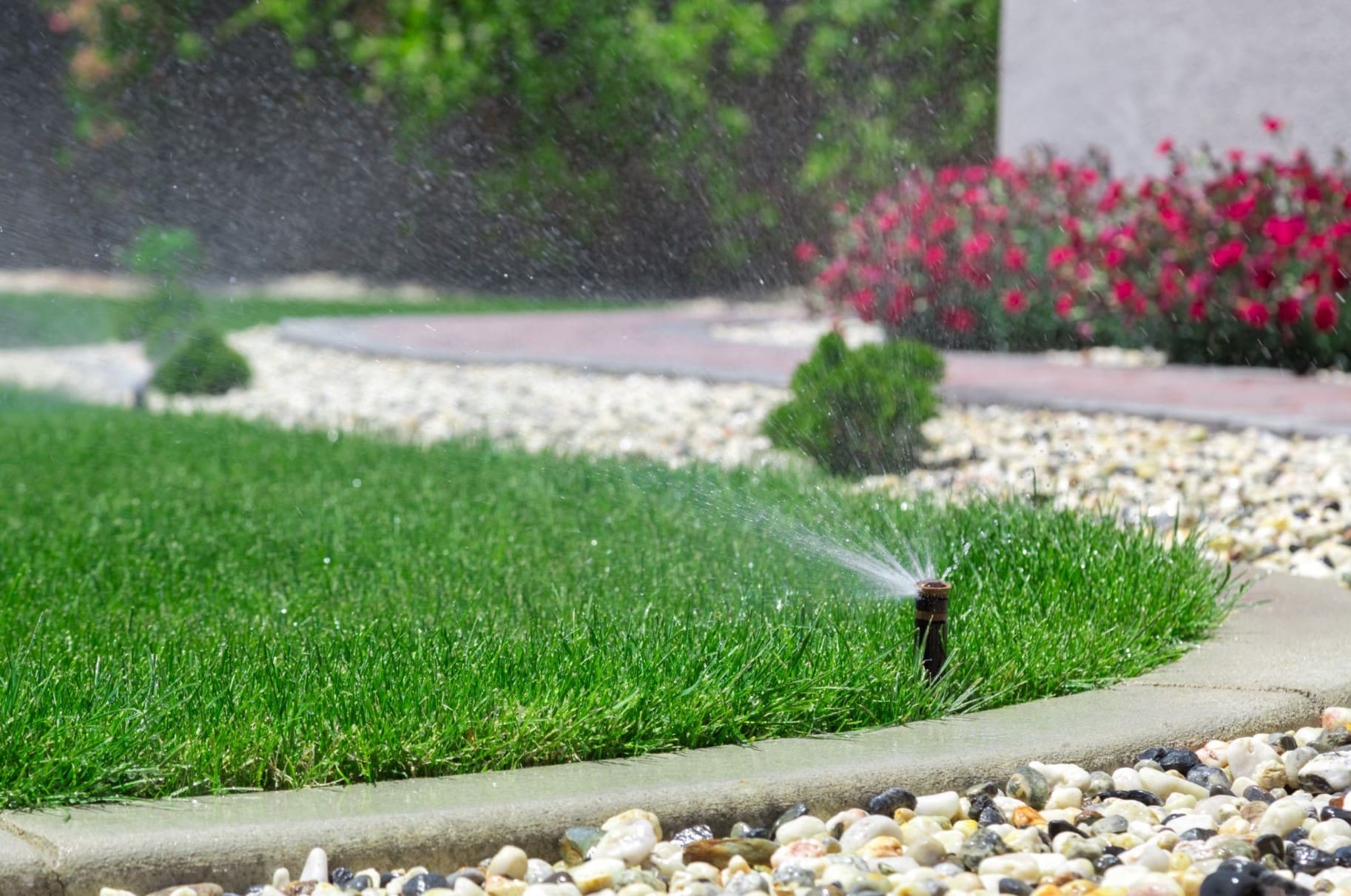
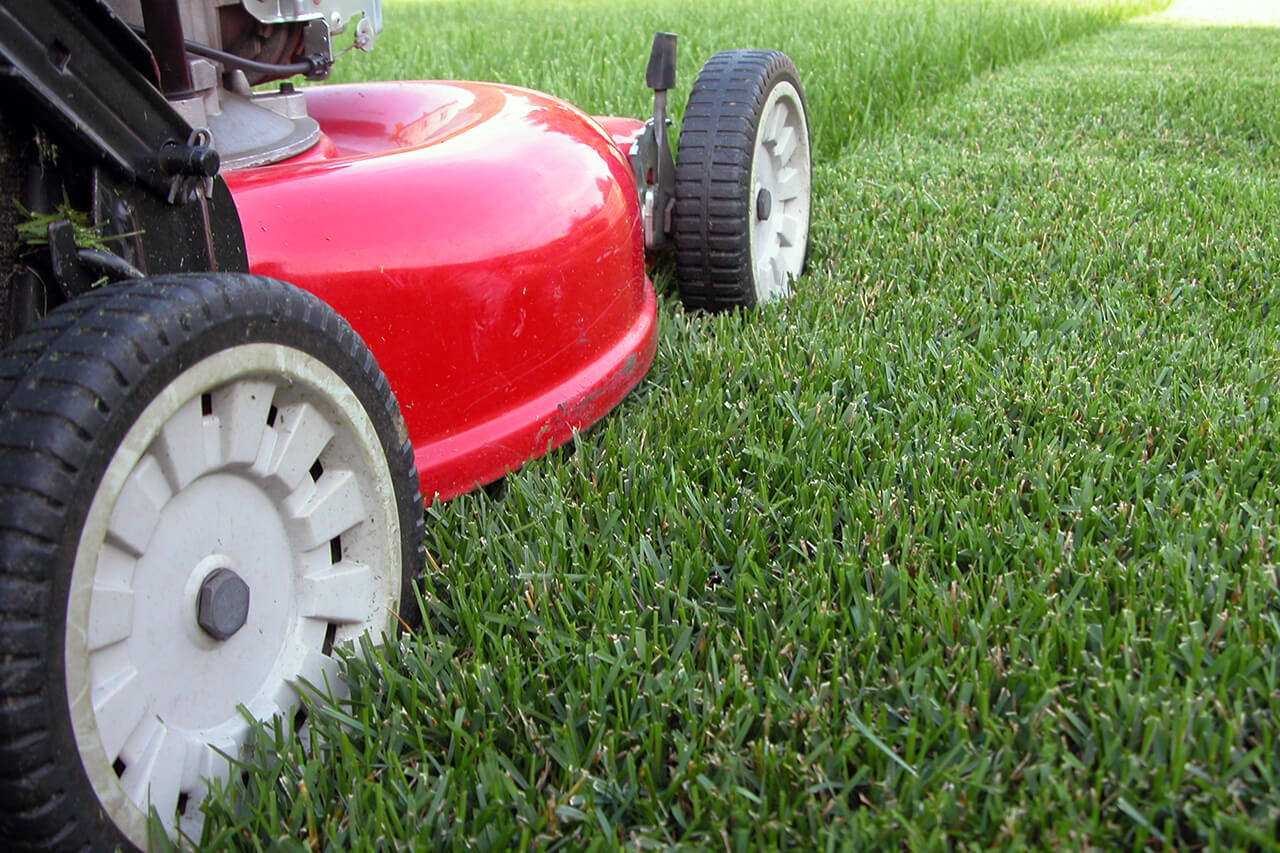
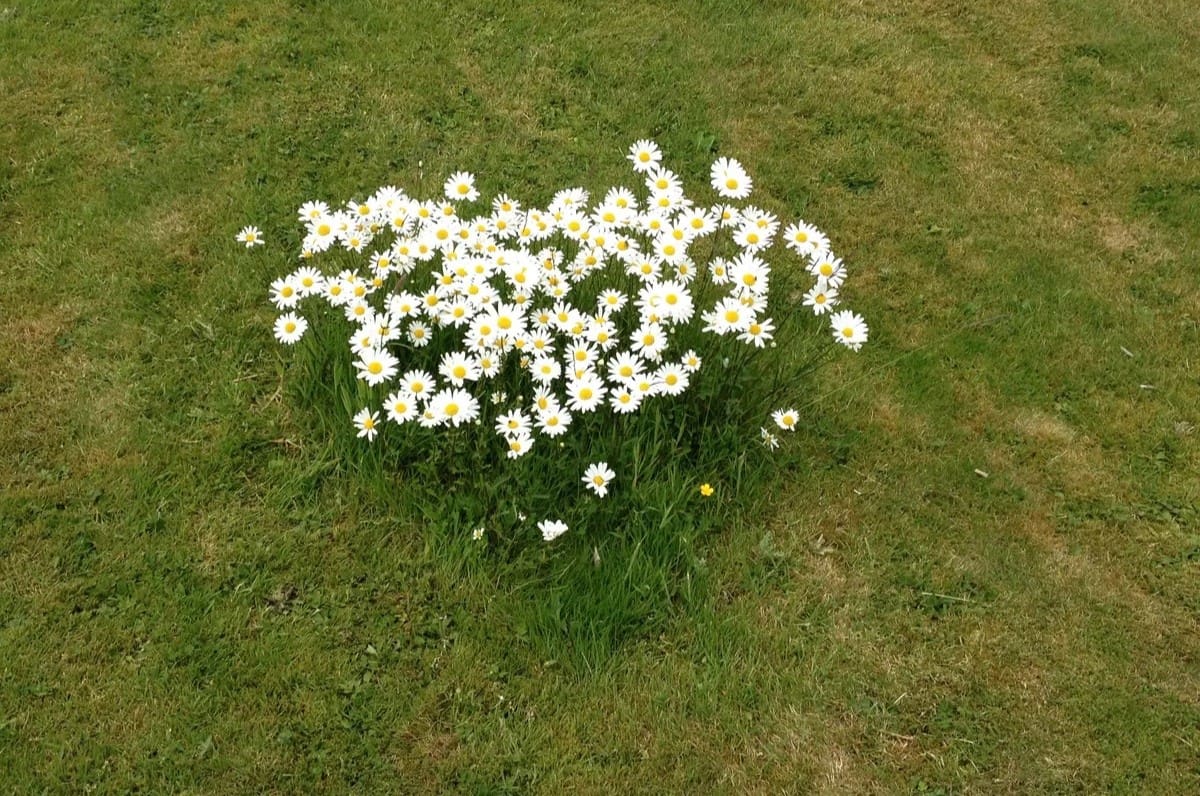
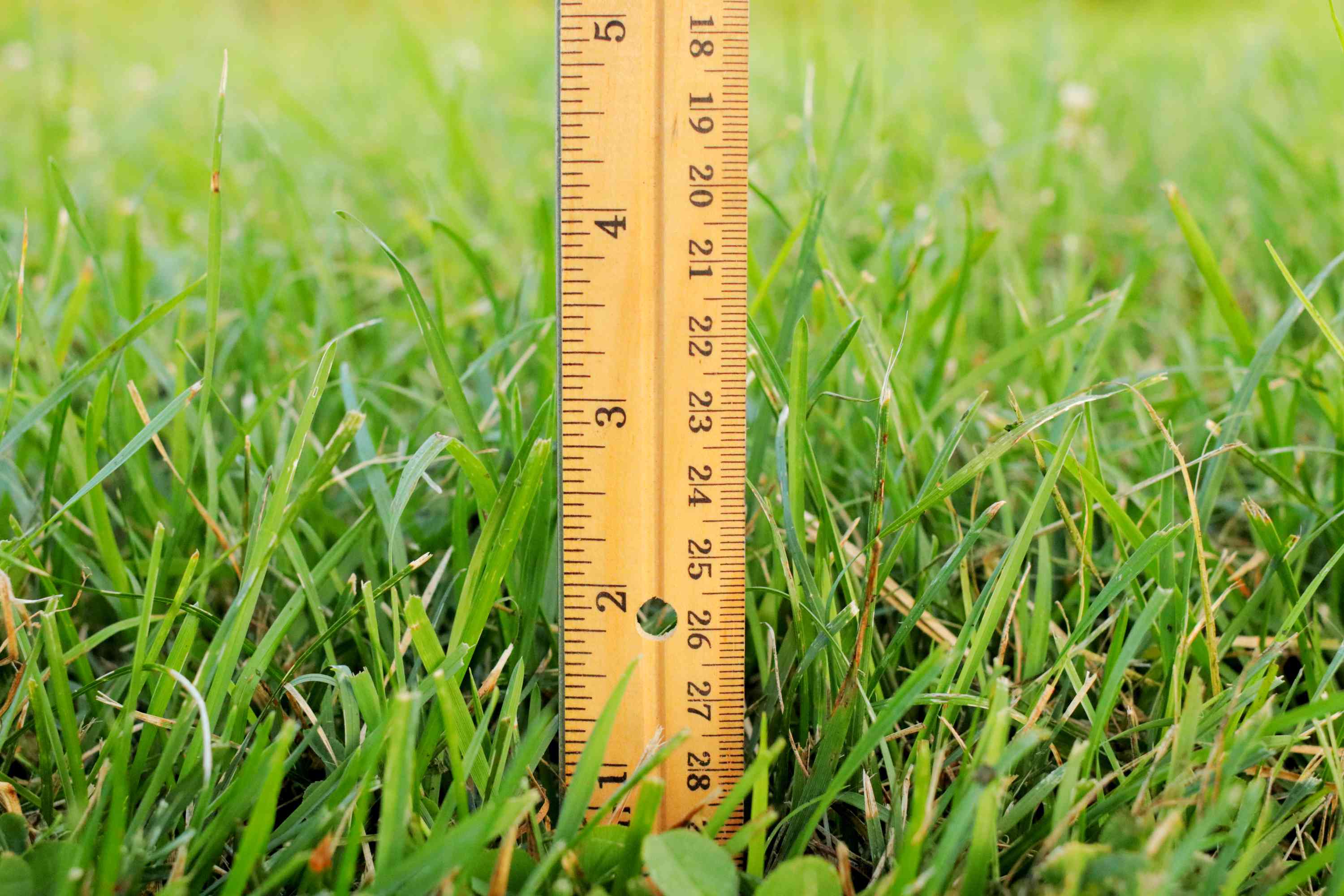
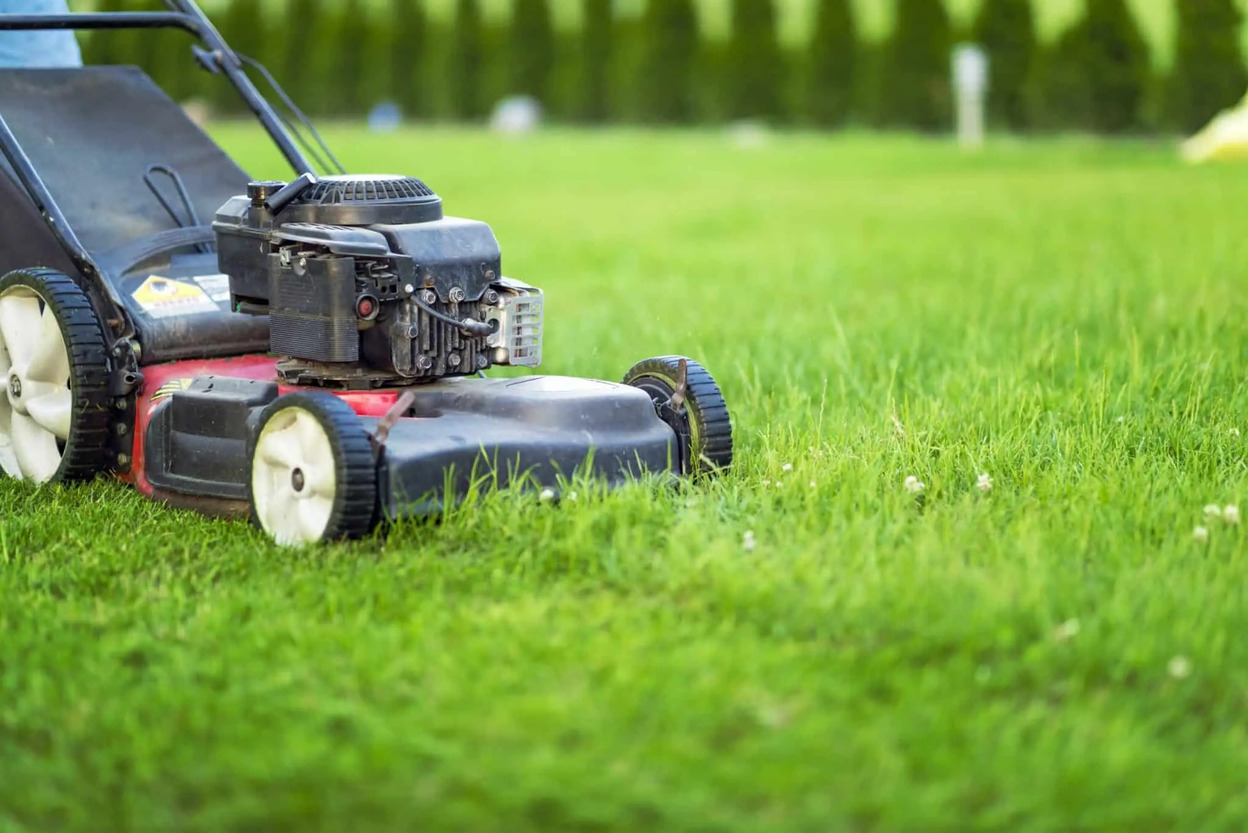

0 thoughts on “At What Temperature To Not Cut Grass”